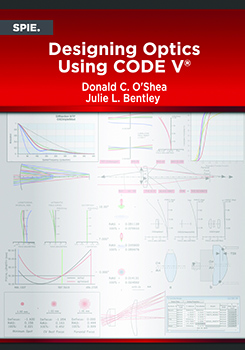|
In the previous chapters, we’ve used a series of lenses to illustrate the properties and limitations of optical systems. What has not been addressed, until now, is what a lens will be used for and how good it needs to be. That is, if we want to design a lens to accomplish something in the real world, how do we go about it? While lenses can be used to focus a laser or to direct the output of a light source to illuminate a surface, the lens designs discussed in this text are targeted at imaging a real-world scene onto an appropriate sensor with the necessary resolution. But what does it mean to "resolve" some detail of an image? In crime dramas on television or in the movies, there have been scenes in which a cop (or technical wizard) examines an image on a computer. He magnifies an area, revealing clearly a license plate number or a fuzzy portrait of someone near the scene of the crime. Sometimes the writers invoke the use of highly sophisticated software to "improve" the resolution from a small area of a single frame of a camera video. But how realistic is this? In this chapter, we will discuss different ways to measure the resolution of an optical system. We will show that it is a function of both the sensor and the lens and that it can be limited by aberrations, diffraction, and/or the sensor itself. |
|
|


